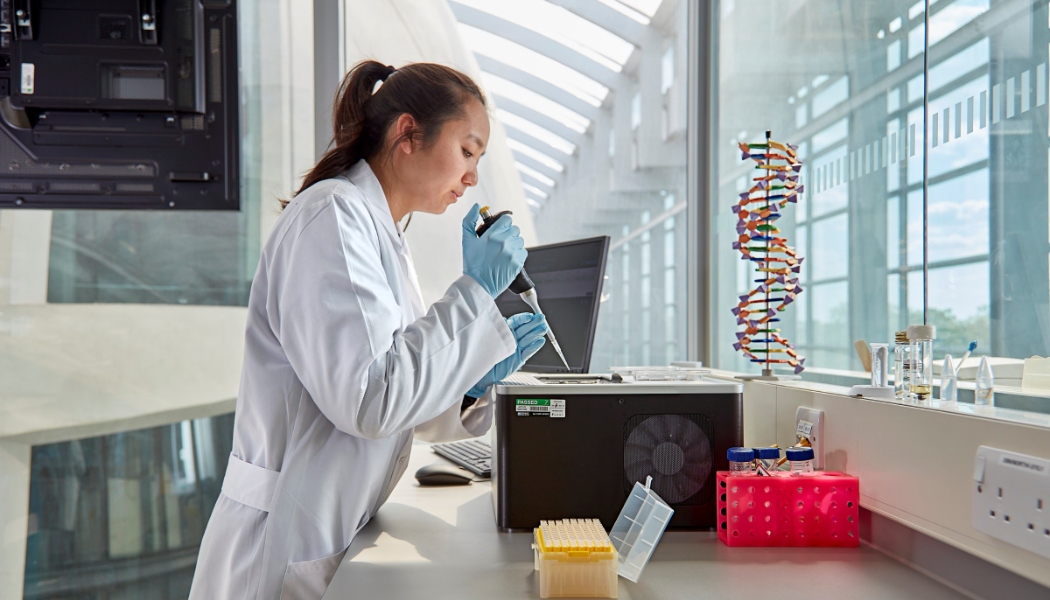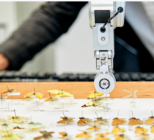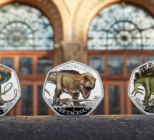The Natural History Museum (NHM) has received an additional £20m of Government funding for its Unlocked programme, it has announced.
The new capital adds to the £182m announced in the 2020 Spring Budget, which will allow it to move 28 million specimens to Thames Valley Science Park (TVSP) in partnership with the University of Reading.
Natural History Museum to move a third of its collection to multi-million research centre
The collection facility will also house a science and digitisation centre to support the Museum’s research capability.
The museum said the total £201m funding is part of a Government-wide priority to increase investment in UK science, research and development.
The NHM Unlocked programme will be one of the largest moves of natural history specimens globally. One third of the Museum’s collection, 28 million specimens, will move to Reading whilst 38 million specimens will move around the Museum’s estates in total, freeing up space to be returned to public galleries.
In addition, 445,000 library objects – the equivalent of 5,500 metres – will move to Reading.
New storage will allow the museum to secure collections it has assessed as currently at risk of deterioration and damage from being housed in unsuitable buildings, alongside opening up galleries to the public which are currently used as storage.
Director of the Natural History Museum Doug Gurr says Natural History Museum said: “Once built, the centre will help find solutions to the planetary emergency using collections and research to answer the big questions of today including maintaining food security, improving biodiversity and addressing climate change.”
Culture Secretary Lucy Frazer said the investment “means the museum will be better placed to safely care for and increase access to its collections so they can be studied and enjoyed by future generations.”
The museum said over 9 million data points have been created since 2020, including detailed measurements to estimate the volume of space and specialist collections storage furniture needed in the new building.
It has also advanced the Museum’s partnership with the University of Reading and completed RIBA Stage 2 for the new site at TVSP.










